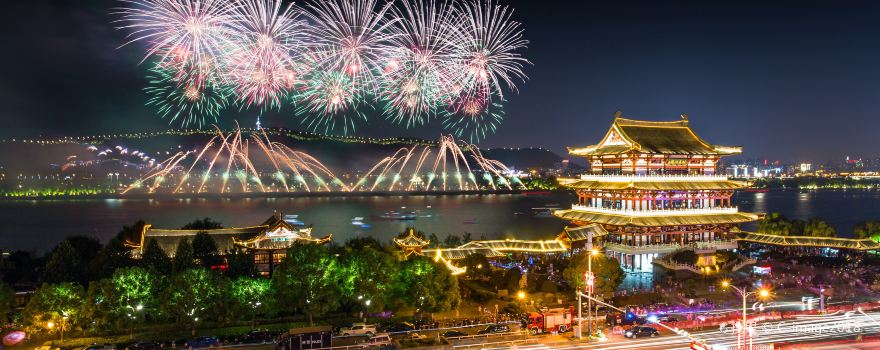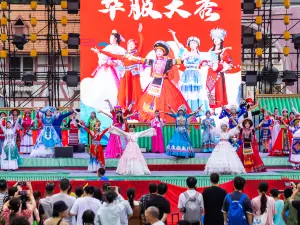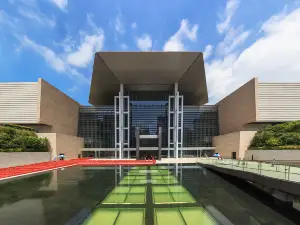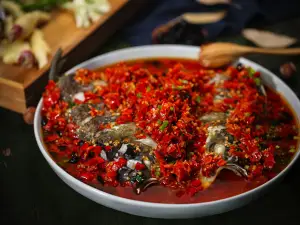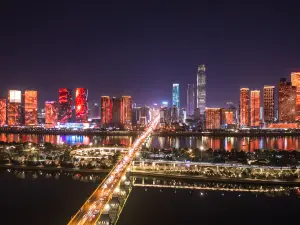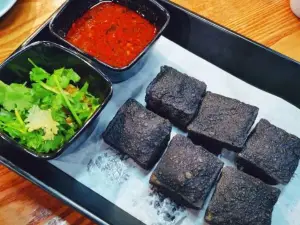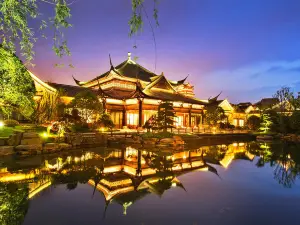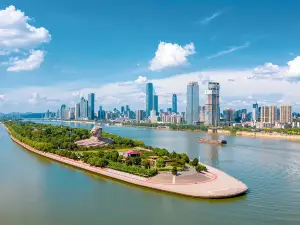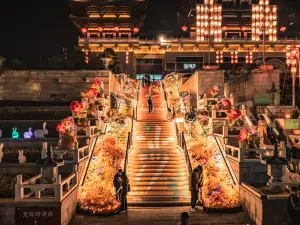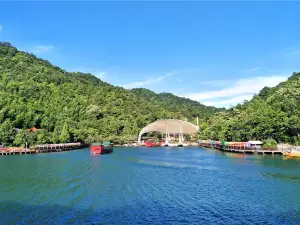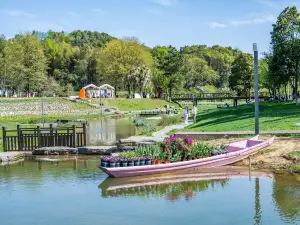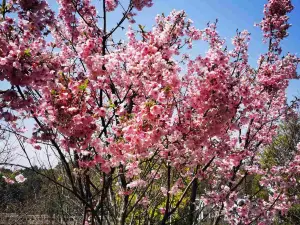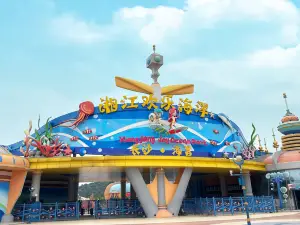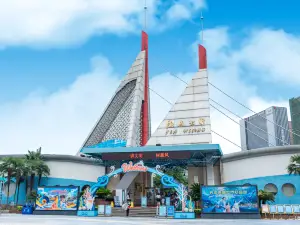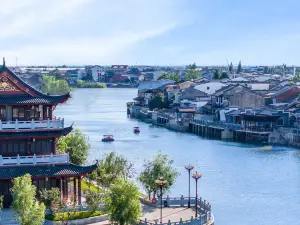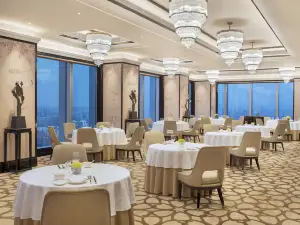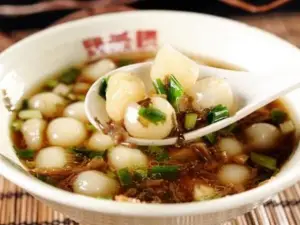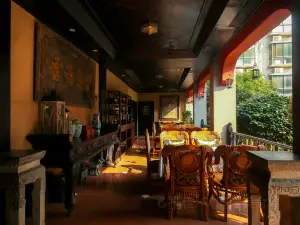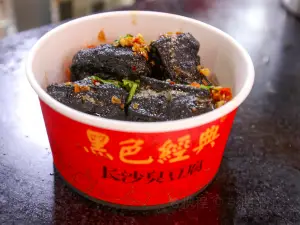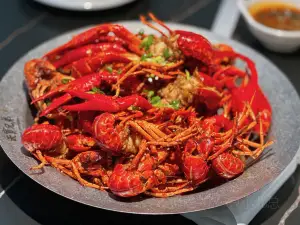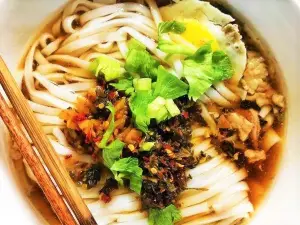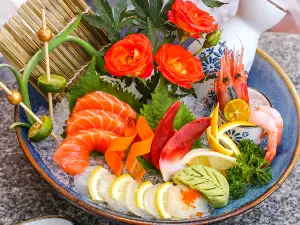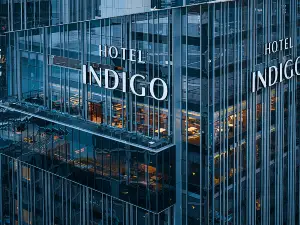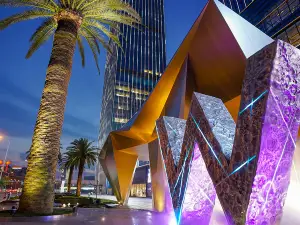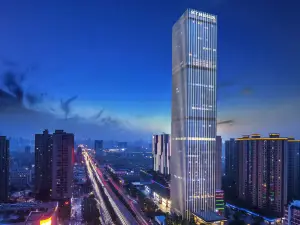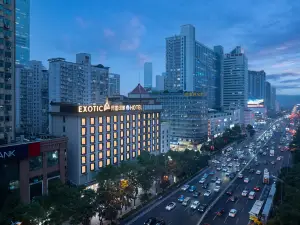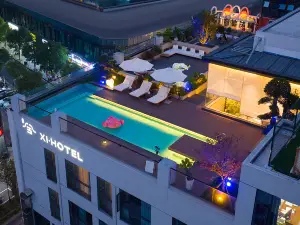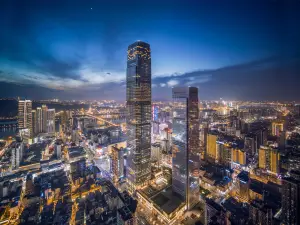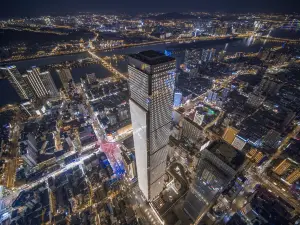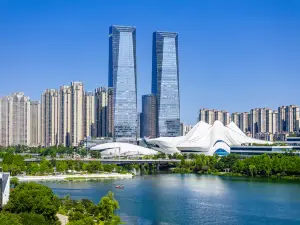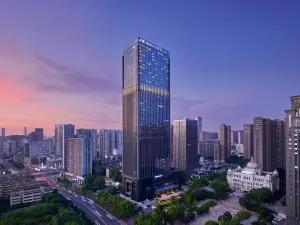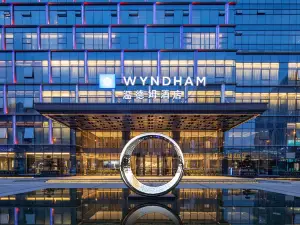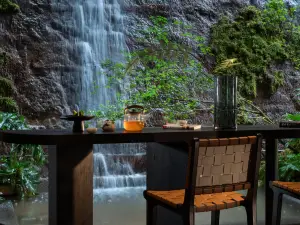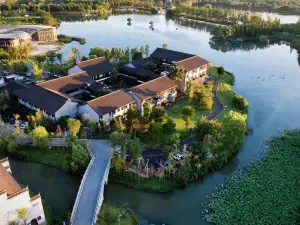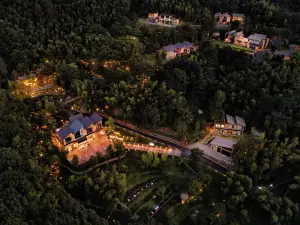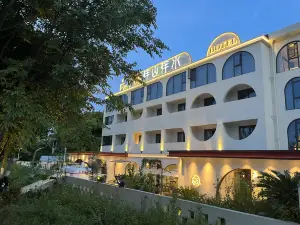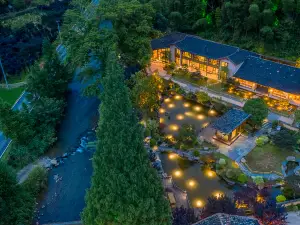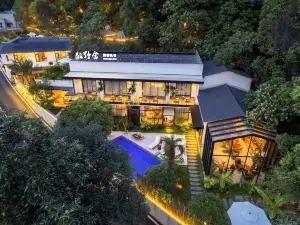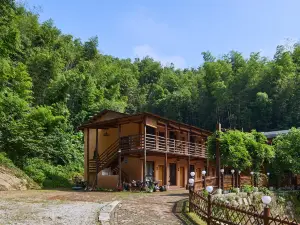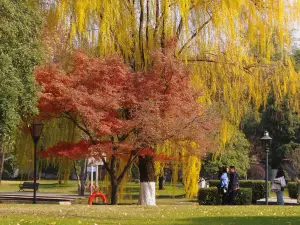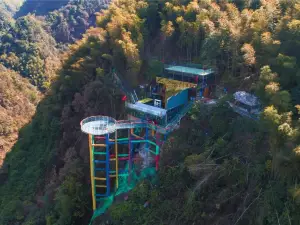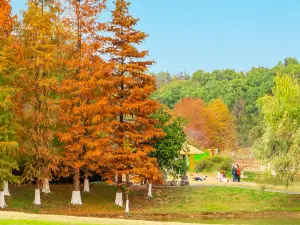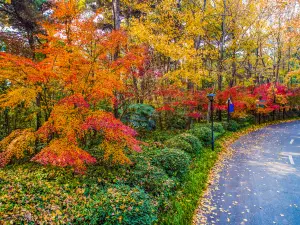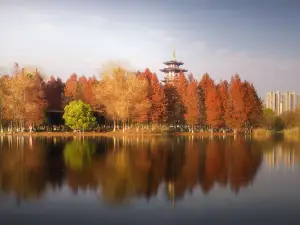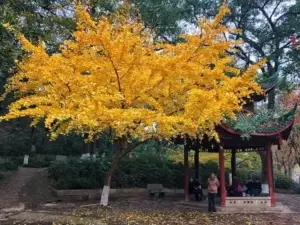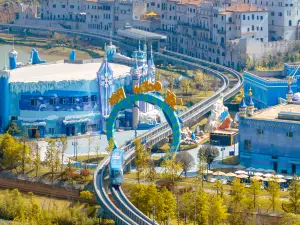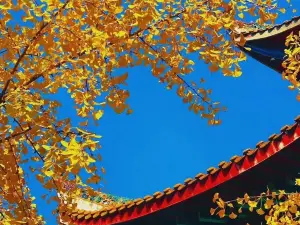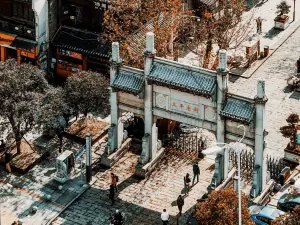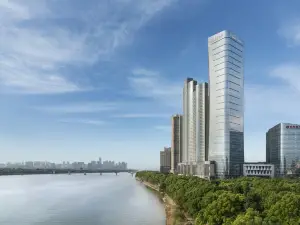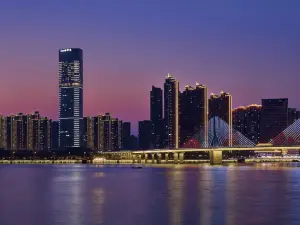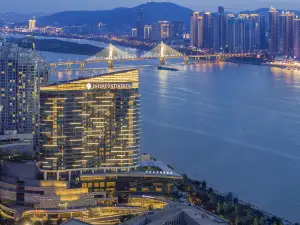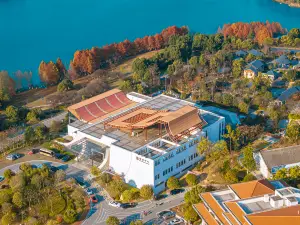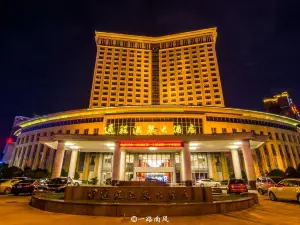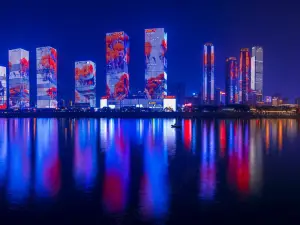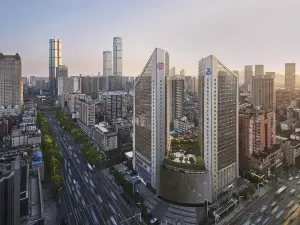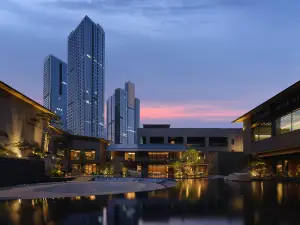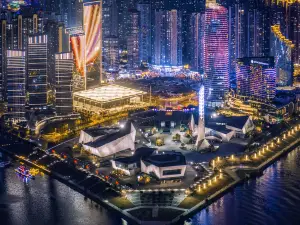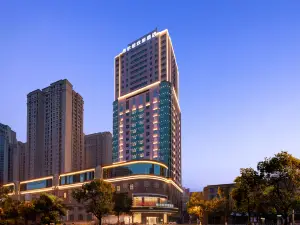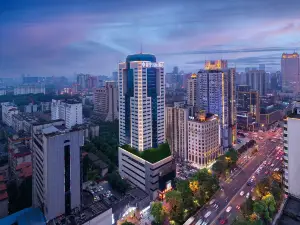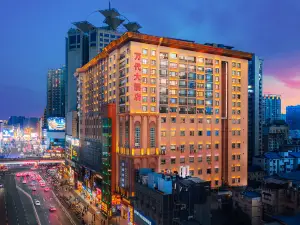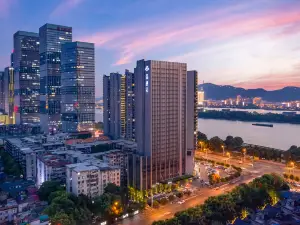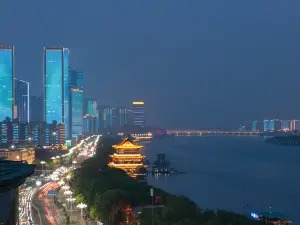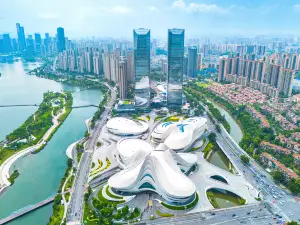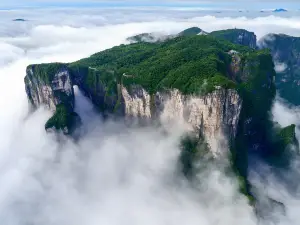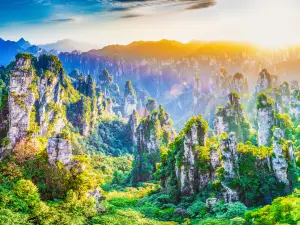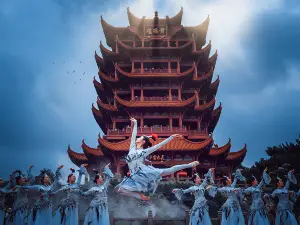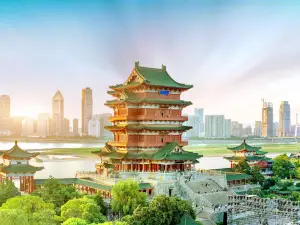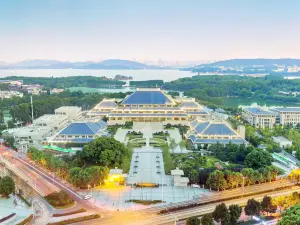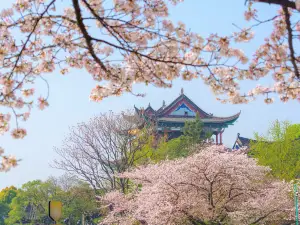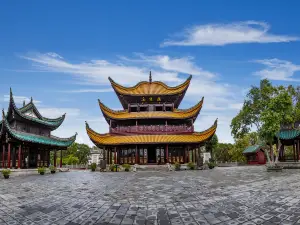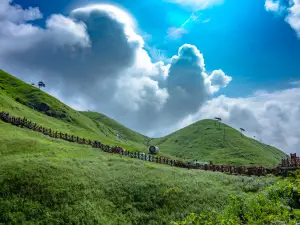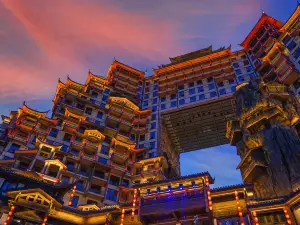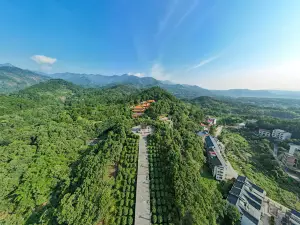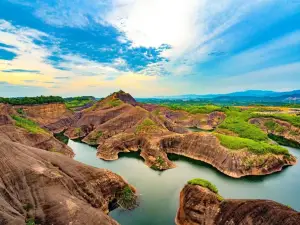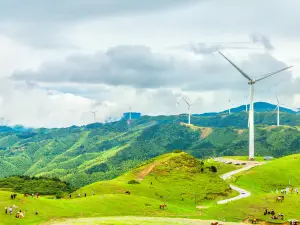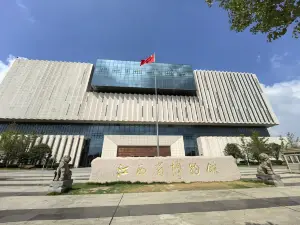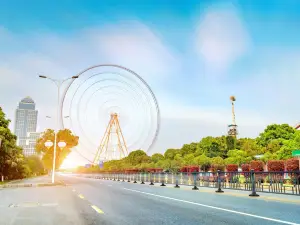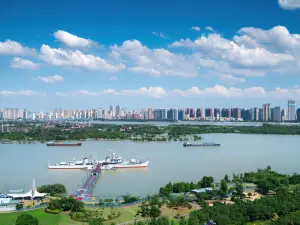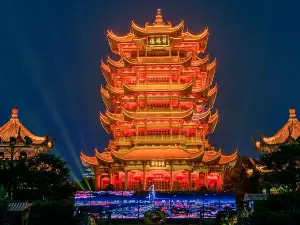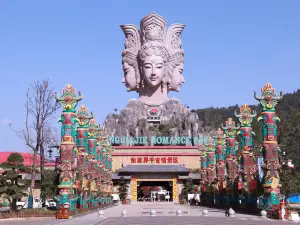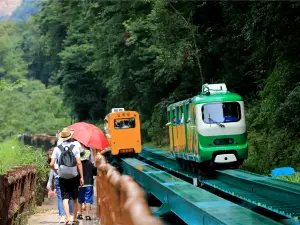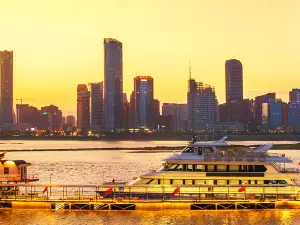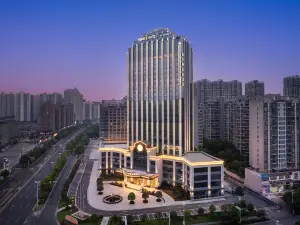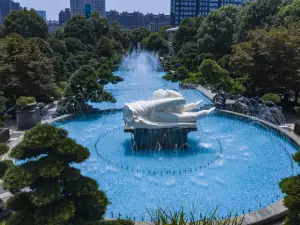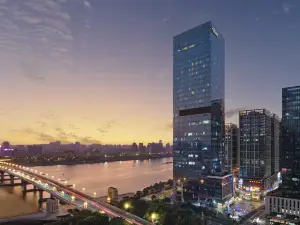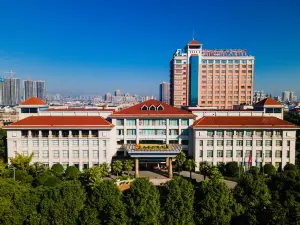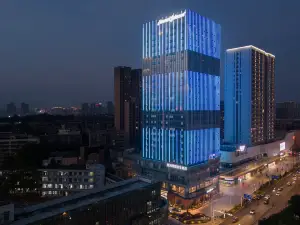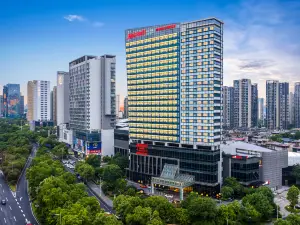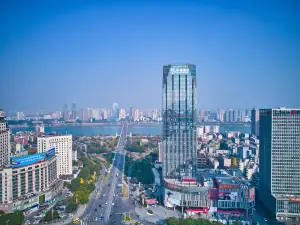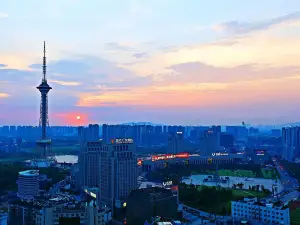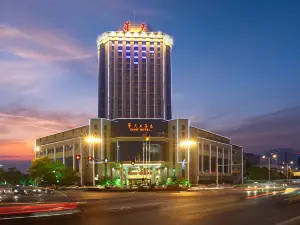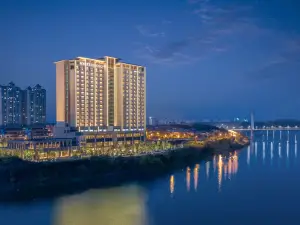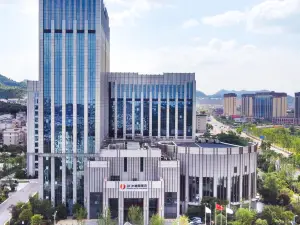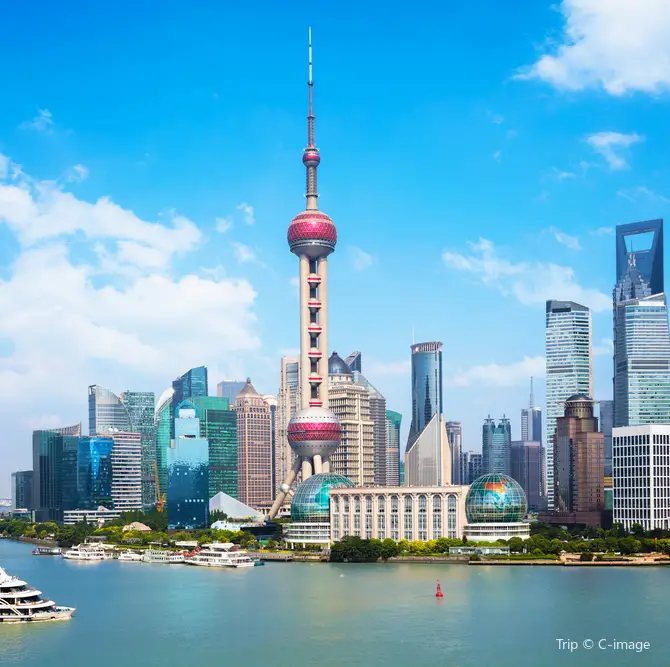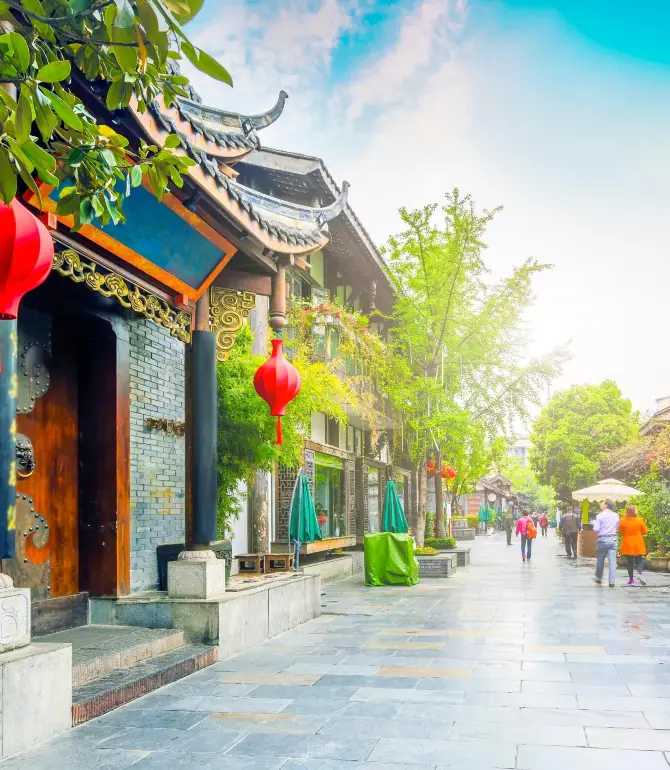Things to do in Changsha (2025): Top nearby activities,popular attractions,itinerary planning,weather,accommodation,food,transportation,and more - all you need to know (updated October 2025) | Trip.com
About Changsha
Recommended trip: 2–4 day(s)
Recommended trip: 2–4 day(s)Current weather conditions
Changsha Local Experiences Map

Trending in Changsha
Changsha Local Travel Guide 2025
Changsha Brief Guide
Bold, bustling, and deliciously chaotic: Changsha is Hunan’s heart. Feast on chili-drenched street food, stroll Orange Isle’s skyline-dotted riverbanks, and hike mist-wrapped Yuelu Mountain where ancient scholars once pondered. Plan your journey into China’s flavor-packed, history-rich hub.
Changsha Must-try local experiences
1. Wander through Ancient History at Juzizhou Juzizhou features beautiful gardens, a Chairman Mao statue, and vibrant cultural activities. It's ideal for a leisurely walk and photo opportunities. The eastern bank of the Xiang River offers stunning views of Juzizhou, especially during sunset, perfect for memorable photos. 2. Experience the Charm of Mount Yuelu Mount Yuelu offers stunning views, historical sites like Yuelu Academy, and serene hiking trails. It's perfect for nature lovers and history enthusiasts. 3. Uncover the Mysteries of the Mawangdui Han Tombs and Visit Hunan Museum The Hunan Museum showcases well-preserved artifacts from the Mawangdui Han Tombs and offers insights into Hunan's rich history and culture. 4. Savor the Flavors of Hunan Cuisine Indulge in Hunan's spicy and flavorful dishes like stinky tofu, spicy crayfish, and Hunan-style rice noodles. At night, you can head to Huangxing Road Pedestrian Street or Pozi Street for local specialties, vibrant food scenes, lively atmospheres, and unique shops. 5. Take a Boat Ride on the Xiang River A boat ride on the Xiang River offers a unique perspective of Changsha's skyline and landmarks, providing a relaxing and scenic experience.
Changsha Must-see Attractions
Changsha is a city in Hunan Province, China, offering a rich tapestry of historical and cultural attractions, including Orange Island, with its ties to Mao Zedong; the Hunan Provincial Museum, showcasing relics from the Han Dynasty; the Du Fu River Pavilion, celebrating the Tang poet Du Fu; and HBtown, a modern entertainment complex blending cultural heritage with contemporary leisure activities.
Changsha Food Guide
Changsha's food is famous for its unique local characteristics and rich flavors, from the spicy and fragrant taste of shrimp, the crispy on the outside and tender on the inside stinky tofu, the sweet and crispy sugar oil glutinous rice cake, the cool and smooth scraped mung bean jelly to the fresh and spicy chopped pepper fish head, all reflect the ultimate pursuit of Hunan cuisine for spicy and fresh flavors and are a gourmet experience not to be missed by foodies.
Changsha Transportation
Changsha, the capital of Hunan Province and a major transportation hub in central China, is accessible by air, rail, bus, or water from international and domestic locations. By Air Changsha Huanghua International Airport (CSX): Located 24 km (15 miles) east of downtown in Huanghua Town, Changsha County, it’s Hunan’s largest airport, serving international and domestic destinations. To City Center: Airport Shuttle Bus: Routes to downtown (e.g., Wuyi Square, Civil Aviation Hotel) take ~50–60 minutes, costing ¥20–25. Operates from 6:30 AM until the last flight. Pay via cash, Changsha Tong card, or WeChat/Alipay. Maglev Train: The Changsha Maglev Express connects the airport to Changsha South Railway Station (~10 minutes, ¥20). Operates 7:00 AM–10:00 PM, every 15–20 minutes. Pay via Changsha Tong card, mobile QR codes, or tickets. Tip: The Maglev is scenic and efficient; board at Terminal 1 or 2 for direct access to high-speed rail. Taxis: ¥60–100 to downtown (40–50 minutes, metered). By Train Changsha South Railway Station: The primary hub for high-speed trains (G-series) on the Beijing-Guangzhou and Shanghai-Kunming lines, connecting to Beijing (5–6 hours), Shanghai (5–6 hours), Guangzhou (2–2.5 hours), and many other locations. Located 13 km (8 miles) south of downtown in Yuhua District. Changsha Railway Station: Centrally located, it serves regular trains and some high-speed trains. Both stations are linked by metro lines 2/4. By Bus East Bus Station: Serves Hefei, Nanchang, Xiamen, and Hunan cities. South Bus Station: Serves Guilin, Xiamen, Nanjing, and Hunan cities. West Bus Station: Serves Zhangjiajie (4–5 hours), Shaoshan, and western Hunan. Trains are faster for most routes; buses are better for rural destinations like Fenghuang. By Water Changsha Passenger Port: Links via Xiang River and Dongting Lake to Yangtze River ports like Chongqing, Wuhan, Nanjing, and Shanghai. Limited tourist routes, primarily for cargo or local ferries to Yueyang or Changde.
Changsha Where to Stay
Changsha offers a myriad of accommodation options across various districts, each revealing a unique facet of the city's charm. From bustling commercial hubs to serene riverside locales, visitors can find a place to stay that caters to their preferences and travel itinerary.
Changsha Best Time to Visit
Spring (April–Early June) and Autumn (Late September–November) are Changsha’s optimal seasons, offering mild temperatures, vibrant festivals, and stunning natural scenery. Avoid summer’s intense heat and winter’s smog for comfortable exploration. Spring:15–28°C (59–82°F), blooming flowers with light April/May showers. Peony Festival at Hunan Botanical Garden (April); Dragon Boat Races on Xiang River (June). Summer: Hot, humid 28–38°C (82–100°F); frequent afternoon thunderstorms. Autumn: Crisp, sunny 18–25°C (64–77°F); golden ginkgos along Orange Isle. Red Leaves Festival at Yuelu Mountain (November) Winter: Cold, damp 0–8°C (32–46°F); persistent haze.
Changsha Useful Guide
Mandarin Chinese is the official language. English signage is widespread in tourist areas, but English is not widely spoken.
Trip.Best: Changsha
Things to do in Changsha
What to do
Changsha Ecological Zoo
Hunan Forest Botanical Garden
Xiangjiang Joy Ocean Park
Changsha Sea World
Where to stay
What to eat
Changsha Moments: Through Travelers' Eyes

Back from Changsha, I really don't recommend going in September-October because the fun just doesn't stop!

Orange Isle Six Days Five Nights Guide 5000

High-quality family fun in Changsha, happiness is actually very easy

Changsha in 2 Days – A Must-Follow Itinerary

The Ramada in Yanghu, Changsha is simply stunning—so beautiful you won’t want to leave!

This hotel in Changsha brings cyberpunk into reality!

Where to Stay in Changsha? Check This Out!

Not in Dali! The atmosphere at this hotel in downtown Changsha is absolutely amazing…
Best of Changsha
About
Site Operator: Trip.com Travel Singapore Pte. Ltd.
